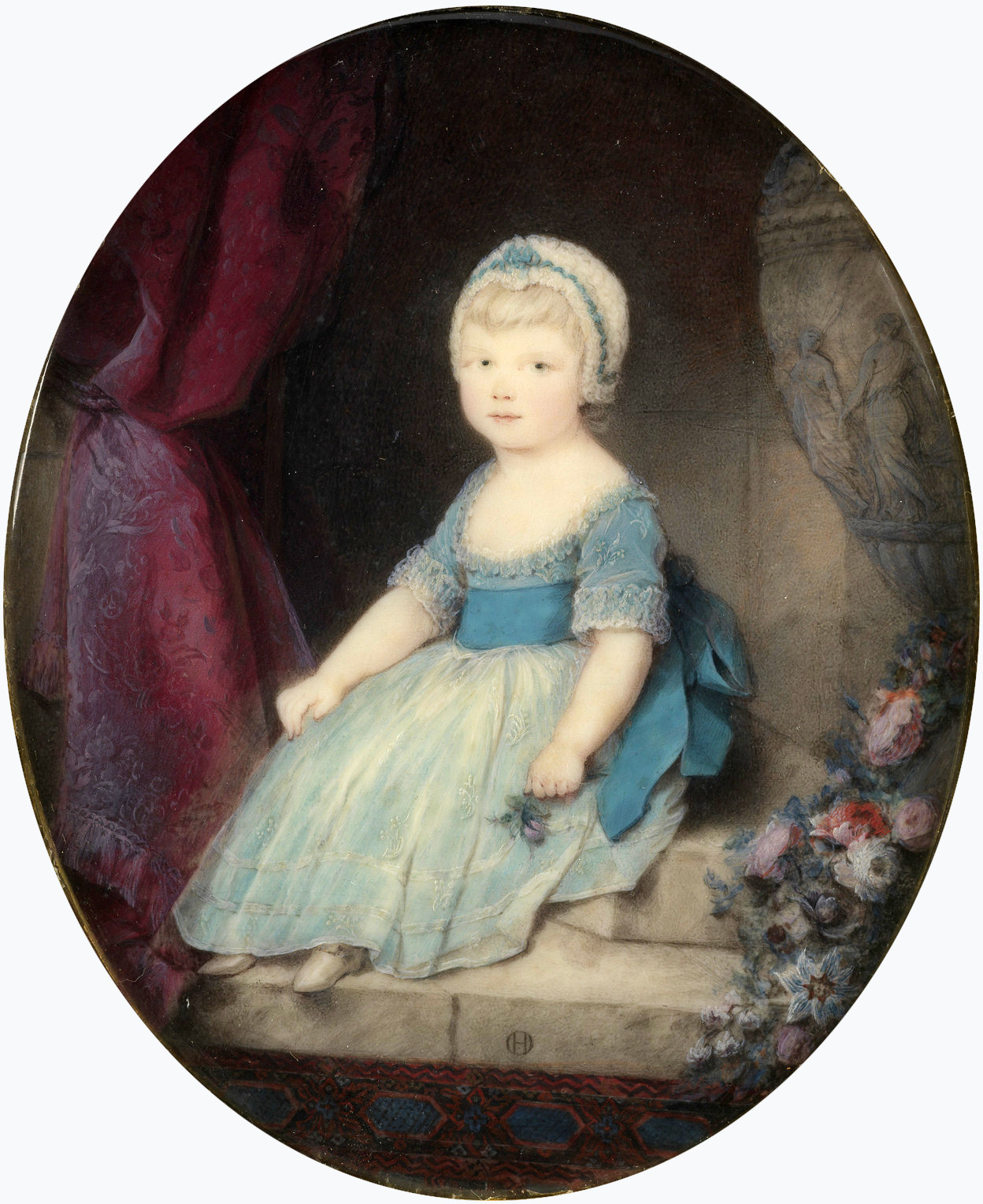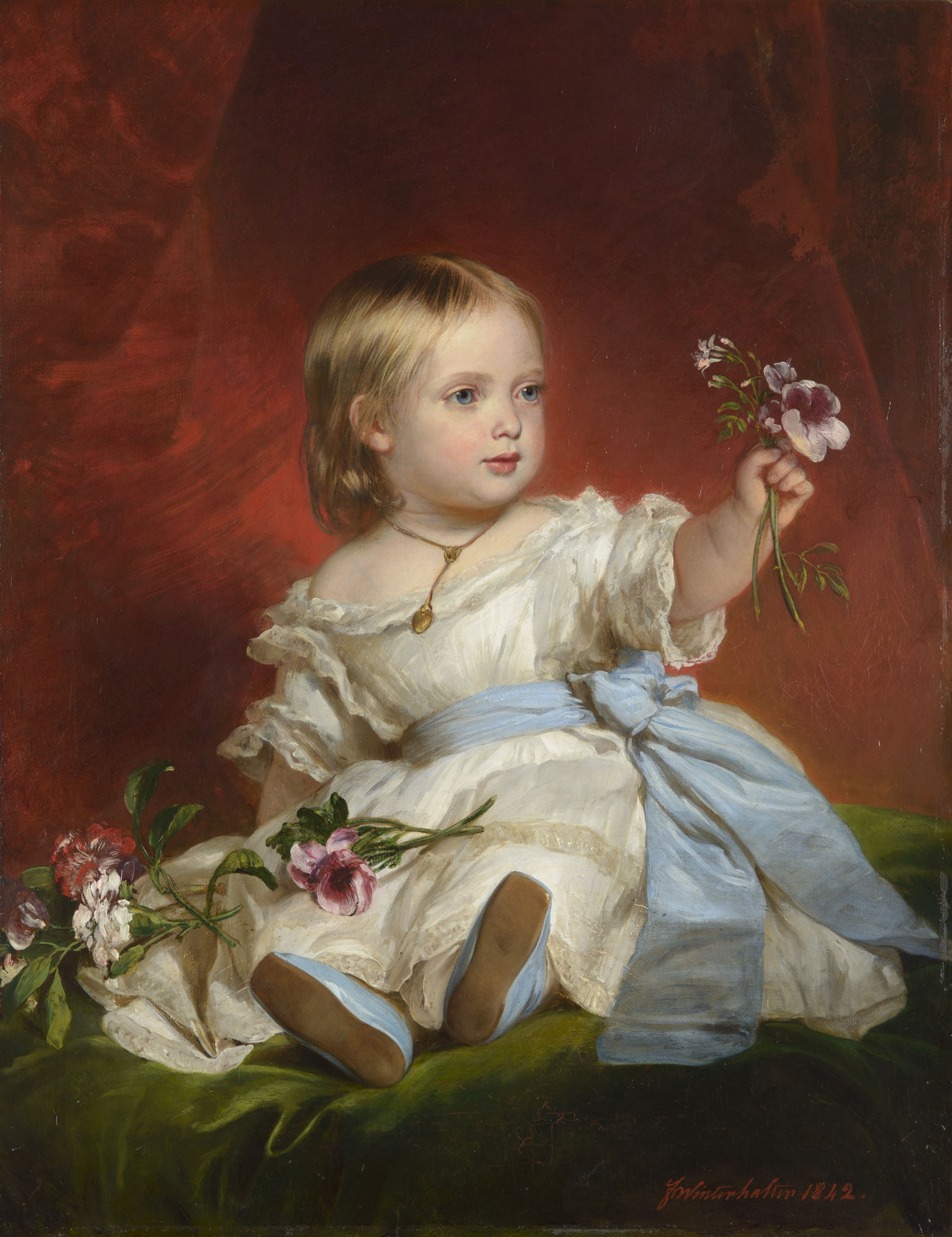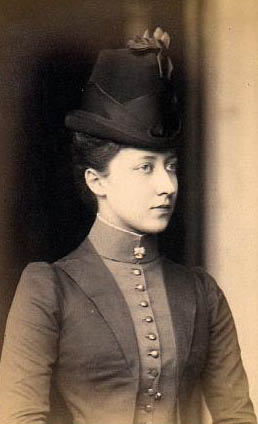While the line of succession to the British throne includes hundreds of people, succession in Denmark is limited to the descendants of King Christian X through approved marriage and therefore includes only 12 people. The lady at the end of that line is Queen Margrethe II's first cousin, Princess Elisabeth of Denmark (1935-2018). (UPDATE: Princess Elisabeth passed away on June 19, 2018 at the age of 83.)
At the time of her birth, however, Elisabeth was not in the line of succession at all because women were barred. Her father, Prince Knud became the Hereditary Prince as heir to his brother, King Frederik IX when Frederik only had daughters. By 1953, the law was changed to allow women to inherit, pushing Knud down the line but allowing Elisabeth to finally enter the line, although after her younger brothers. When the two of them made non-dynastic marriages, she moved up.
Elisabeth herself never married, perhaps because of the dynastic rules that remained in place until the 1990s. Instead, she lived with her partner, videographer Claus Hermanson, for 20 years until his death in 1997. Although she was the daughter of two royal parents (first cousins Prince Knud of Denmark and Princess Caroline Mathilde of Denmark), Elisabeth has never received income from the state. She made her own way in the world, studying at the Brillantmont International College, Suhr's School of Home Economics, the Scandinavian Academy of International Fashion and Design, and the Tempo Type School. She built her career in the Ministry of Foreign Affairs, serving in several international appointments, including two postings to Washington, D.C. and one to the U.N. Mission in Geneva. She retired in 2001 after 45 years of service.
Like all of the Danish royals, she spoke multiple languages. (It is a point of pride for them, and is included in all of their official bios.) In her case, her languages were Danish, English, French and German. She also attended some official royal events like the traditional New Year's Courts and could be spotted at royal family occasions wearing fabulous jewelry. Like any good royal, she was also active with several patronages, particularly a couple supporting awareness of Denmark in foreign countries.
More on Elisabeth:
Her official bio on Kongehuset
Birth of Princess Elisabeth of Denmark on Unofficial Royalty
Happy Birthday Princess Elisabeth on Royalista
Princess Elisabeth of Denmark Turns 75 on Royal Musings






.jpg)

.jpg)
.jpg)
%2C_Carl_Rudolph_Sohn%2C_1885.jpg)

